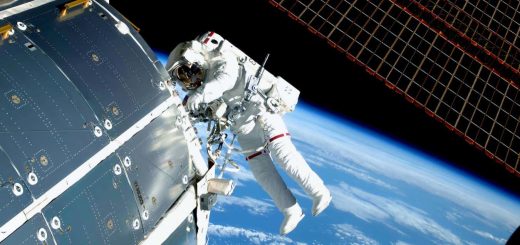Asteroid on collision course with moon could fire shrapnel at Earth
Earth is no longer at risk of a direct collision with the asteroid 2024 YR4, but an impact on the moon in 2032 could send debris hurtling towards our planet that could take out orbiting satellites
By Alex Wilkins
18 June 2025
Asteroid 2024 YR4 could result in the largest impact on the moon for the past 5000 years
MARK GARLICK/SCIENCE PHOTO LIBRARY/Getty Images
The asteroid 2024 YR4, which was once thought to be on a collision course with Earth, may still pose a threat to the planet. There is still a chance the space rock could smash into the moon, and the resulting explosion could shower Earth with a cloud of satellite-destroying shrapnel.
Astronomers have been tracking the building-sized asteroid since it was discovered in December 2024, when initial predictions of its path raised the possibility of a collision with Earth in 2032. Such a collision would have released enough explosive power to destroy a city, but, thankfully, follow-up observations showed that 2024 YR4 will almost certainly miss our planet.
Read more
The sun is killing off SpaceX's Starlink satellites
The chance of a collision with the moon, however, has slowly been increasing, and now stands at 4.3 per cent based on the last observations taken before the asteroid flew out of view of our telescopes until 2028. And according to Paul Wiegert at the University of Western Ontario in Canada and his colleagues, such a collision could still cause significant damage to Earth’s satellites.
“We were a little bit surprised at the possibility of there being a substantial amount of material at the Earth,” says Wiegert. “Intuitively, the Earth is actually quite a small target when seen from the moon, and so your intuition is that not very much material would actually hit the Earth, but it turns out that the Earth’s gravity can focus that material under certain conditions.”
Wiegert and his team calculated that 2024 YR4 could create a kilometre-wide crater on the moon – the largest lunar impact for at least the past 5000 years, though relatively small compared with a typical crater. An impact of this size would eject a cloud of debris into space, and by simulating its potential behaviour 10,000 times, the team found that this could cause Earth’s satellites to experience a level of collisions equivalent to what we would expect to see in years or even decades, but occurring in just a few days.


